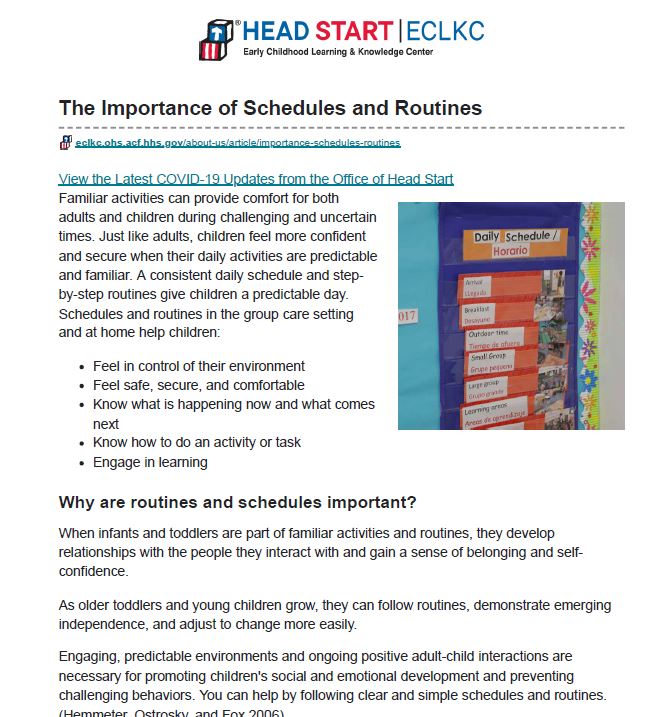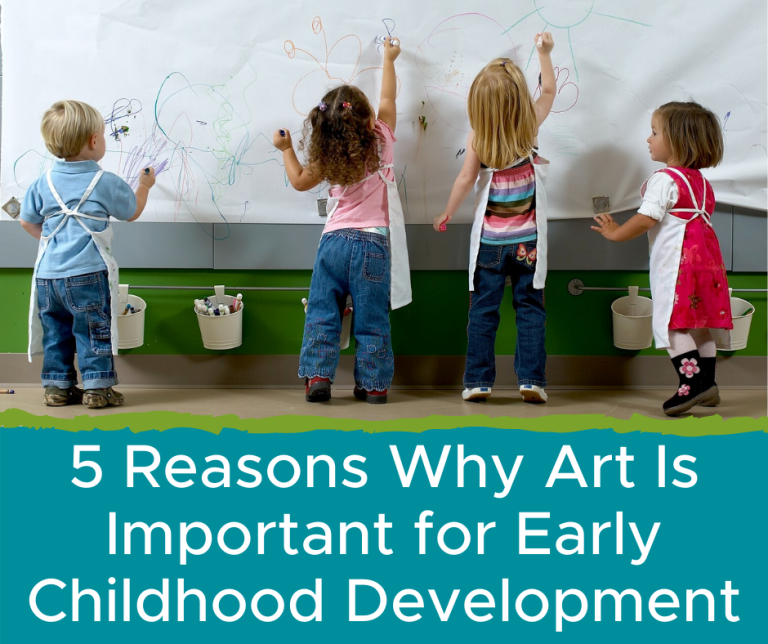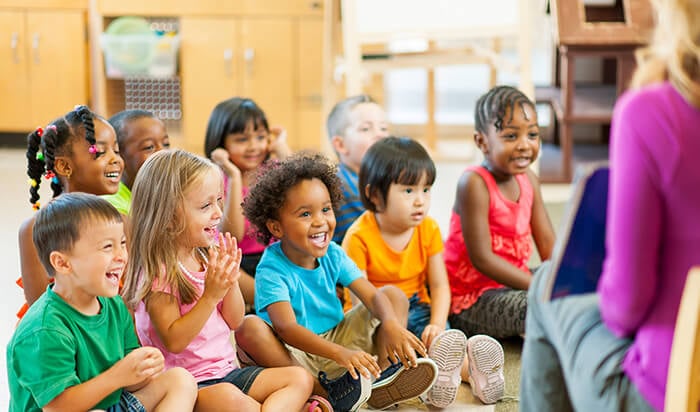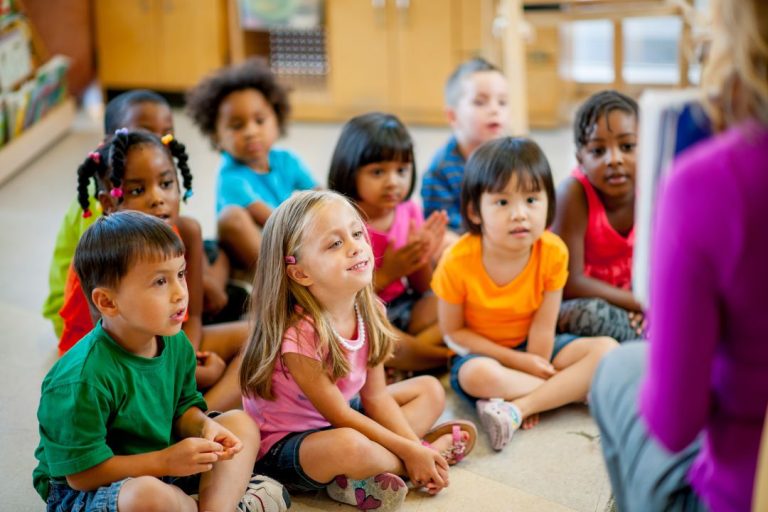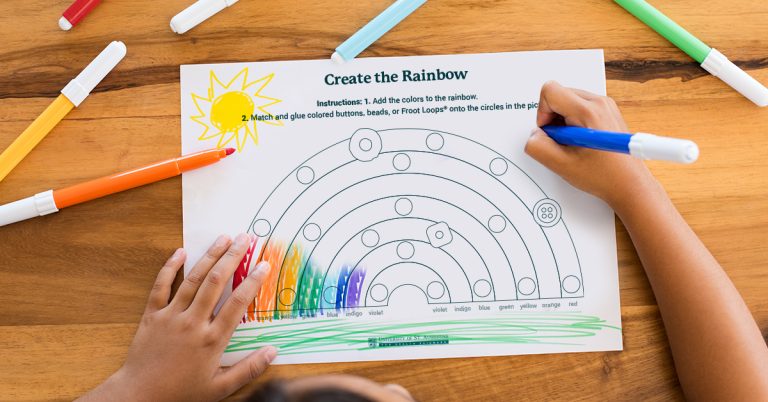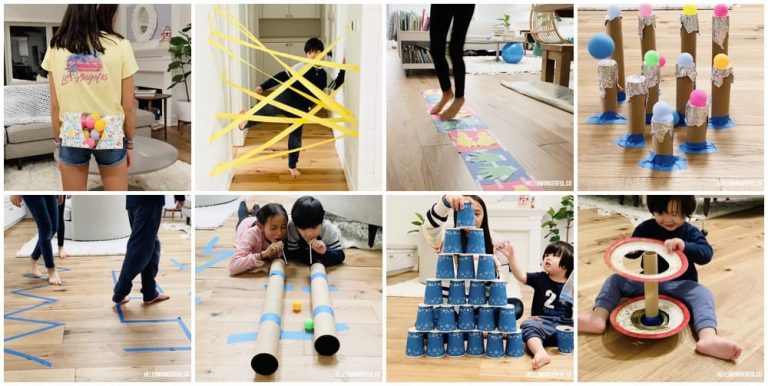Preschool Activities to Do at Home: Boost Learning with Fun
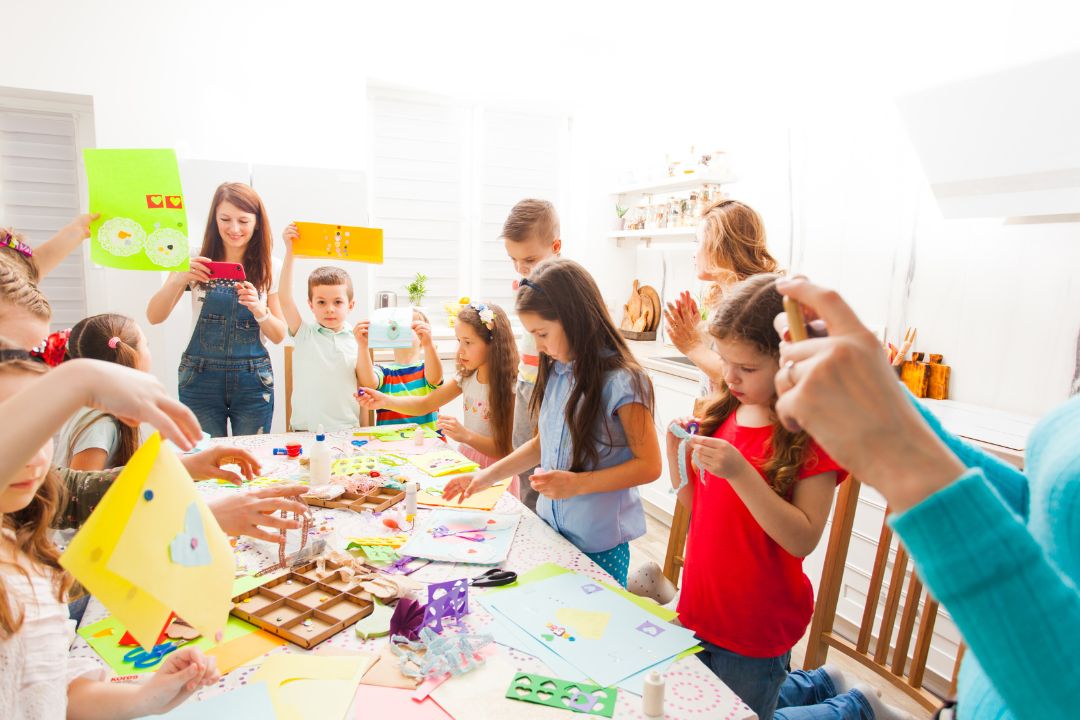
Looking for fun preschool activities to do at home? Engage your little ones with educational and entertaining activities such as storytelling, sensory bins, arts and crafts, and simple kitchen experiments.
These activities not only keep them busy but also promote their cognitive, motor, and social skills development. By incorporating these interactive activities into your daily routine, you can create a stimulating and enriching environment for your preschooler, fostering a love for learning and exploration at an early age.
Whether it’s creating a DIY playdough or going on a nature scavenger hunt, these engaging activities will keep your little one engaged and entertained while learning and growing.

Benefits Of Preschool Activities At Home
Engaging in preschool activities at home can offer a multitude of benefits for young children. These activities not only promote learning but also foster overall cognitive development. Incorporating these activities into the daily routine can provide children with essential skills, setting a strong foundation for their future academic endeavors.
Enhancing Learning
Preschool activities at home serve as valuable educational experiences that stimulate children’s curiosity and engagement with various subjects. These activities often entail interactive games, creative arts and crafts, and hands-on experiments. Variety in learning experiences can enhance a child’s ability to absorb and retain new information.
Building Cognitive Skills
Through participating in preschool activities at home, children can strengthen their problem-solving skills, critical thinking, and decision-making abilities. When engaging in activities such as puzzles, sorting games, or color recognition exercises, children are actively engaging their brains and developing crucial cognitive abilities through play and exploration.
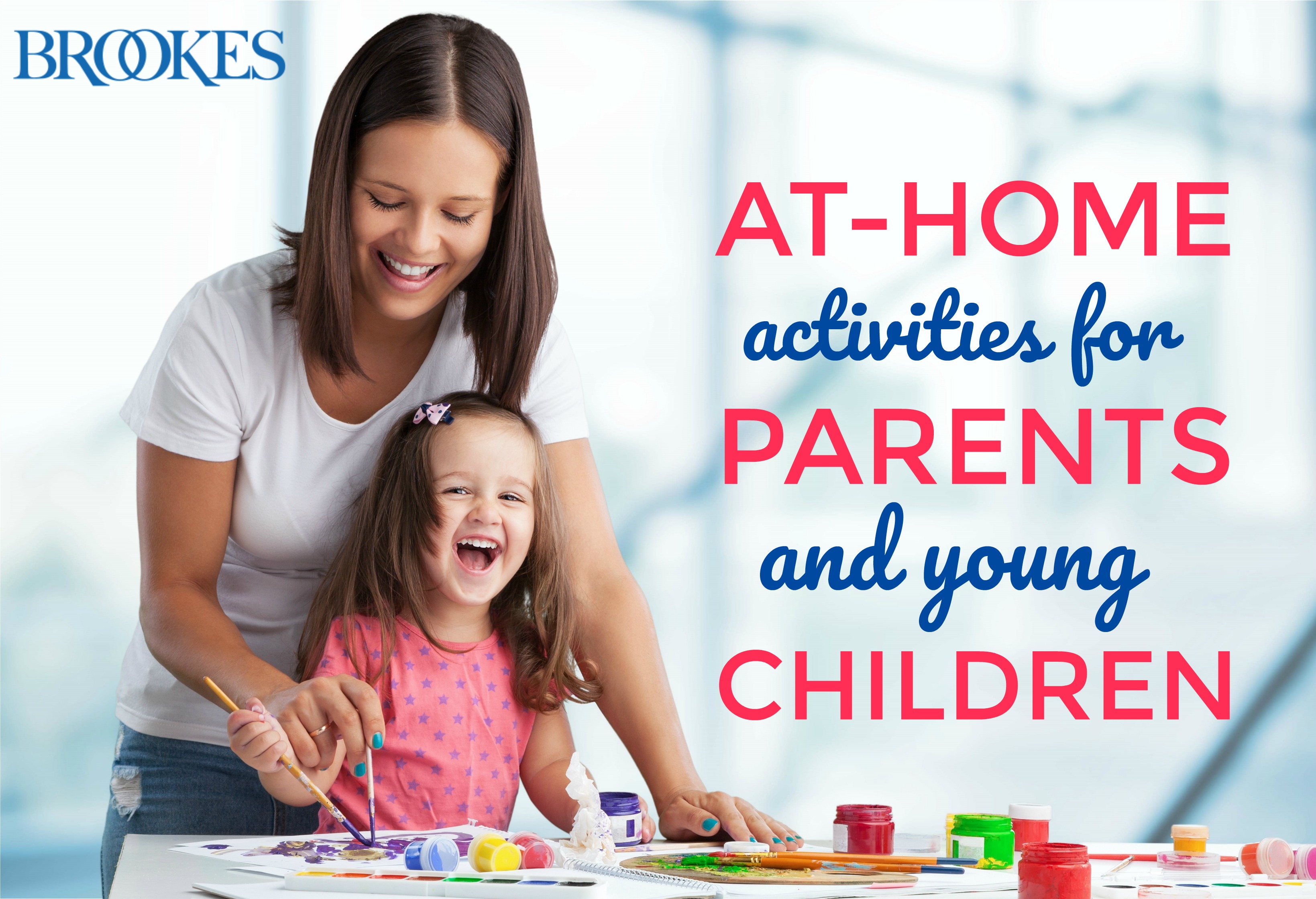
Creating A Learning Environment
At-home preschool activities can be incredibly beneficial for children’s development. Creating a conducive learning environment at home is essential for the success of these activities. It’s important to provide a designated space and effectively organize materials to ensure a productive and enjoyable learning experience for your little one.
Designating A Space
Designating a specific area of your home for preschool activities is crucial for minimizing distractions and creating an inviting learning atmosphere. Whether it’s a corner of the living room, a dedicated playroom, or a section of their bedroom, having a defined space signals to your child that it’s time for focused learning and play.
Organizing Materials
Organization plays a significant role in maintaining an effective learning environment. Having materials easily accessible and properly sorted can help streamline activities and avoid unnecessary interruptions. Consider incorporating shelves, bins, or a storage unit to keep items like books, puzzles, art supplies, and educational toys neatly arranged and readily available for your child.
Engaging Preschool Activities
Promoting engaging preschool activities at home is a wonderful way to enhance your child’s learning experience while having fun together. These hands-on activities stimulate their creativity, cognitive skills, and motor development. In this article, we will explore two categories of engaging preschool activities: sorting and counting, as well as art and crafts. These activities can be easily incorporated into your daily routine and provide endless opportunities for learning and exploration.
Sorting And Counting
Sorting and counting activities help preschoolers develop their cognitive and math skills while also improving their hand-eye coordination. Below are a few engaging activities you can try with your child:
- Create a sorting game using colored blocks. Encourage your child to sort the blocks by color or shape, helping them understand classification.
- Set up a treasure hunt where your child finds and counts different objects around the house. This activity reinforces counting skills while making learning exciting.
- Utilize everyday items like buttons or coins for a counting exercise. Ask your child to count the objects and arrange them in ascending or descending order.
Art And Crafts
Engaging in arts and crafts not only allows preschoolers to explore their creativity but also enhances their fine motor skills and hand dexterity. Here are a few arts and crafts activities that your child will enjoy:
- Create a handprint or footprint collage using paint. This activity not only provides a sensory experience but also teaches them about shapes and patterns.
- Encourage your child to make their own playdough or clay using basic ingredients. This activity engages their senses and promotes imaginative play.
- Engage your child in a nature-inspired art project where they can collect leaves, flowers, or twigs and use them to create artwork or a nature-themed collage.
Engaging in preschool activities provides a wealth of educational opportunities for your child right in the comfort of your home. Incorporating sorting and counting games as well as arts and crafts activities into your daily routine will not only keep your child entertained but also foster their development and love for learning.
Incorporating Play Into Learning
When it comes to early childhood education, play is an essential component of the learning process. Children naturally gravitate towards play, and it provides a fun and engaging way for them to explore the world around them. Incorporating play into learning activities can not only make education more enjoyable for preschoolers but also enhance their cognitive, physical, and social development. In this blog post, we will explore two types of play that can be easily incorporated into learning at home: Pretend Play and Sensory Play.
Pretend Play
Pretend play is a powerful tool for preschoolers to develop their imagination and creativity while exploring different roles and scenarios. It allows children to step into the shoes of someone else and engage in make-believe situations. This type of play helps them develop vital social and emotional skills, such as empathy, problem-solving, and language development.
Here are a few pretend play ideas you can incorporate into your learning activities at home:
- Create a pretend grocery store, complete with play food, cash register, and shopping cart. Encourage your child to play different roles, such as a customer, cashier, or even a store manager, and practice counting, sorting, and money skills.
- Set up a pretend doctor’s office with a toy stethoscope, band-aids, and a medical kit. Your child can take on the role of a doctor, nurse, or patient, promoting their understanding of the human body and medical procedures.
- Build a pretend construction site using blocks, toy tools, and safety hats. Your child can be a builder, architect, or even a construction manager, fostering their spatial awareness, problem-solving, and teamwork skills.
Sensory Play
Sensory play involves engaging the senses of touch, sight, smell, hearing, and sometimes taste. It allows preschoolers to explore the world through their senses, stimulating brain development and enhancing their understanding of various concepts. Sensory play can be a messy yet enjoyable experience for children, promoting their fine motor skills, hand-eye coordination, and language development.
Here are some sensory play ideas you can try at home:
- Create a sensory bin by filling a container with materials such as colored rice, dried beans, or sand. Encourage your child to use their hands, cups, and scoops to explore and discover different textures, shapes, and colors.
- Set up a sensory art station with various art supplies such as paints, crayons, and playdough. Let your child explore different textures and create unique masterpieces using their imagination and creativity.
- Explore nature by taking your child on a sensory nature walk. Encourage them to use their senses to observe and identify different plants, flowers, animals, and natural sounds.
By incorporating pretend play and sensory play into your learning activities at home, you can create an interactive and immersive learning experience for your preschooler. Remember, learning through play is not only effective but also enjoyable for young children, making it a valuable approach to early childhood education.
Utilizing Technology
Technology has become an integral part of our lives, and it also has a valuable role to play in preschool education. When used effectively, technology can enhance learning experiences, engage children, and provide endless opportunities for exploration and discovery. In this section, we will explore two ways to utilize technology for preschool activities at home: educational apps and interactive websites.
Educational Apps
Educational apps have revolutionized the way children learn, making it fun and interactive. These apps are designed specifically for young minds, offering a wide range of activities that promote early literacy, numeracy, and problem-solving skills. With colorful graphics, engaging animations, and captivating sound effects, these apps grab the attention of preschoolers and keep them entertained while learning.
There are several excellent educational apps available for preschoolers. Two popular options are:
- ABC Kids – Tracing & Phonics: This app introduces children to the world of letters and sounds through interactive games and activities. It helps them develop their letter recognition and phonics skills in a playful way.
- Duolingo ABC: This app is perfect for young children who are starting to learn to read. It offers engaging stories and interactive lessons that focus on letter recognition, phonics, and vocabulary building.
Interactive Websites
Interactive websites provide an immersive learning experience for preschoolers, allowing them to explore various educational topics in a hands-on manner. These websites offer a wide range of games, puzzles, and interactive activities that cater to different learning styles and abilities.
Here are two interactive websites that are ideal for preschoolers:
- PBS Kids: PBS Kids offers a collection of educational games and activities featuring beloved characters from popular children’s shows. From math and science to art and problem-solving, there is something for every young learner on this engaging website.
- Starfall: Starfall provides a comprehensive platform for preschoolers to explore early literacy and numeracy skills. With interactive games, engaging stories, and printable resources, it offers a well-rounded learning experience that captivates young minds.
By utilizing these educational apps and interactive websites, parents can provide their preschoolers with valuable learning opportunities right at home. So, why not turn screen time into a beneficial and interactive experience for young learners?

Frequently Asked Questions On Preschool Activities To Do At Home
How Can I Keep My Preschooler Entertained At Home?
Preschoolers love hands-on activities. Engage them in arts and crafts, sensory play, and pretend play. Have them build with blocks, create DIY puzzles, or have a picnic indoors. Experiment with colors and textures, and encourage their imagination through storytelling and dress-up activities.
What Are Some Educational Activities For Preschoolers At Home?
Introduce your preschooler to letter and number recognition activities, like sorting objects by shape or color. Engage them in counting games, cooking experiments, and nature walks. Encourage their problem-solving skills with puzzles and matching games. Reading books, singing songs, and playing memory games are also great options.
How Can I Make Learning Fun For My Preschooler At Home?
Make learning a playful experience by incorporating hands-on activities. Use everyday objects for counting, sorting, and sensory exploration. Encourage pretend play and imaginative storytelling. Set up a dedicated learning space with educational toys, games, and art supplies. Make use of online educational resources and interactive apps.
Conclusion
These preschool activities provide a fun and engaging way for parents to support their child’s learning at home. By incorporating simple activities like reading, singing, and counting, parents can help develop their child’s language, cognitive, and motor skills. These activities also foster creativity and provide opportunities for social interaction.
With the right balance of structured activities and free play, parents can create an enriching environment that promotes their child’s overall development. Start exploring these activities today and watch your child thrive!

Emma combines her teaching experience with her writing skills to produce engaging and informative content. She covers a range of topics, from classroom management to innovative teaching techniques.

